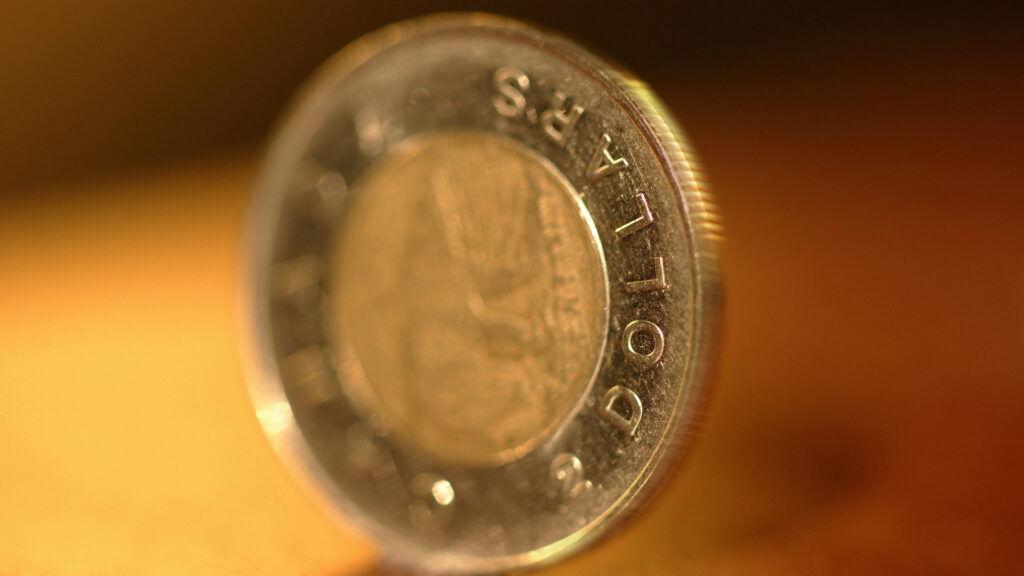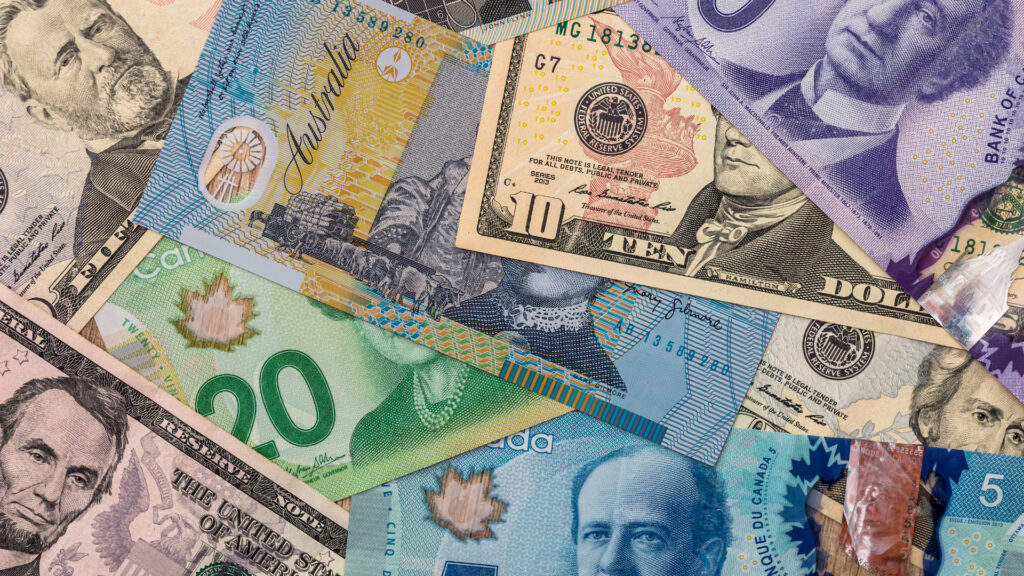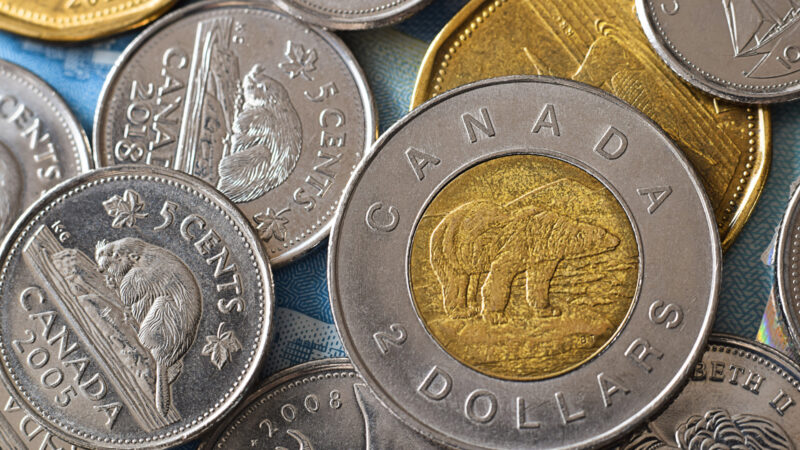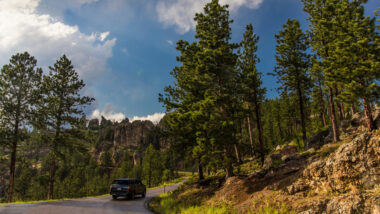Table of Contents Show
If you want to plan a trip to visit our neighbors to the north in Canada, you’ll need some spending money. However, not everywhere accepts US dollars (USD). You must know what to ask for since you’ll need to convert your USD into Canadian. So what is money in Canada called?
Today, we’re looking at the money you’ll need when you cross the border. Familiarize yourself with Canadian money, so you can prepare for your trip.
What Is Canada’s Money Called?
The official currency of Canada is the Canadian dollar (CAD). You’ll see prices for items listed with “$” or “C$” to distinguish it from other countries that use the dollar symbol. Luckily, the structure is similar to that of the USD.
The Canadian dollar gets divided into 100 cents, like USD. Their coins share the same names as USD coins in that they have five-cent nickels, 10-cent dimes, and 25-cent quarters. We’ll share more about them later, but the currency also has $1 and $2 coins.
You can also find bank notes in $5, $10, $20, $50, and $100. As this is the country’s official currency, you can use it everywhere. It’s also widely recognized throughout the world as a major currency.
What Is a Loonie and a Toonie?
When we use the words “loonie” and “toonie,” we’re not referring to the classic cartoon Looney Tunes. These nicknames refer to two types of money in Canada.
These coins replaced their paper denominational counterparts. The loonie is a coin worth 1 Canadian dollar, and the toonie is worth 2 Canadian dollars.
The loonie was introduced into the Canadian economy in 1987, and the toonie followed almost a decade later, in 1996. They’re both widely used nationwide, and many tend to favor them.
How Much Is a Canadian $1 Bill Worth?
The exchange rate of USD to CAD is frequently changing. However, C$1 is equivalent to USD .75. So when you see something for sale in Canada, it will appear more expensive.
However, it all equals out when you factor in the exchange rate. Just confirm whether a price is in CAD or USD before purchasing. If not, you could end up on the raw end of a bad deal.
It’s also important to be aware of the current exchange rate. While drastic changes aren’t common, changes do occur. Today’s rate will be slightly different than the rate you’d get tomorrow.
Does Canada Have $2 Bills?
Canada did have a two-dollar bill in circulation. However, the “toonie” coin replaced it in 1996. The reason for the change was that coins last longer than paper bills.
When factoring in their longevity, coins are the most cost-effective option for currency. With many people moving toward electronic and digital currencies, other bills could become a thing of the past.

How Much Money Can You Bring into Canada?
Thankfully, there is no limit to how much cash you can bring into Canada. However, you must declare it if you carry $10,000 to the border.
In addition, it doesn’t matter what currency the money is in. If you have $6,000 USD and $5,000 CAD, you must declare it when going through customs. This will require you to fill out a form and document the cash.
Failing to report the money to the Canada Border Services Agency could result in the seizing of the cash. So do yourself and your bank account a favor and ensure you accurately and honestly report cash.
Keep in Mind: Did you know there is a US National Park in Canada? Click the link to see which park it is!
How to get Canadian Money
Want to convert your USD into CAD? No problem! There are several excellent options for you to consider. Thankfully, exchanging money is relatively straightforward, and representatives can help you.
Let’s take a look at where you can go to exchange your USD for CAD.
Currency Exchange
If you want one less thing to worry about once you cross the border, you can exchange your money before your trip. Find the nearest currency exchange office, and they can help you exchange your money. They typically offer competitive rates and provide various currencies, including CAD.
However, this is also an option once you cross into Canada. You can find many of these locations near the major border crossings and sprinkled throughout the rest of the country. Like the locations in the United States, the rates are competitive but likely not your best option.

Bank or Financial Institution
Banks and financial institutions are the best places to exchange money in Canada. They tend to give the best rates, especially cash from frequently visited countries like Canada.
In addition, you’ve likely developed a sense of trust in the bank. You don’t have to worry about getting taken advantage of or ripped off by a shady deal.
Keep in Mind: Before you visit Canada in your RV, here’s What You Need to Cross the Canadian Border
ATM
Once you cross the border, you can get money in Canada by finding an ATM. If your home bank has an ATM or a company they partner with, this will result in the lowest fees. You can use the ATM like at home, which will do the conversion for you.
A large corporate location like Chase Bank charges $5 per withdrawal. If you want to keep your fees to a minimum, get as much money as you can or whatever you need for the duration of your trip. However, you could spend a small fortune on fees if you constantly run to the ATM.

Know Your Money in the Great White North
Whether buying Tim Hortons coffee or paying for an order of poutine, you want to use the local currency. Luckily, using Canadian currency is a relatively easy adjustment. Just do yourself a favor and avoid exchanging more money than necessary. You don’t want to pay more conversion rate fees than necessary.
Did you know what money in Canada is called?







The absolute best way to spend in Canada, or any other country, is to use a credit or debit card for purchases. You don’t pay any conversion fees and you will usually get the best exchange rate.